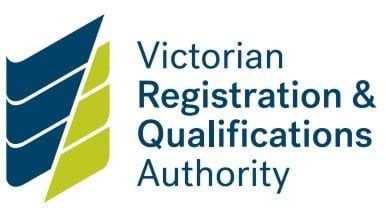About the Standard
This Standard requires providers involve families and communities in promoting child safety.
Providers must ensure that they:
- seek the input of families and communities in decisions impacting children
- involve families and communities in developing child safety policies and practices
- communicate with families and communities about:
- how to raise concerns about child safety
- how the organisation operates
- take the diversity of families into account
- act to reduce barriers to inclusion.
Are you a registered school?
CRICOS schools and SEOs that are also registered schools should follow the child safe advice for schools. They must ensure their CRICOS and SEOs operations are incorporated into the school’s compliance with the Standards. They should tailor advice to their international student cohort and community.
Schools - family engagement regulations
Families and communities are informed and involved in promoting child safety and wellbeing.
A CRICOS or SEO school complying with this Standard may:
- make sure the school's engagement processes for international families, carers and communities are
- transparent
- accessible
- two-way
- engage international families and communities in decisions affecting their students
- involve international families and communities when developing or reviewing child safety policies and practices
- provide evidence of consultation about the school's child safety operations.
Are you a non-school student exchange organisation?
Non-school student exchange organisations (SEOs) should follow the advice provided on this page and ensure that student care and oversight of inbound and outbound exchange programs match.
How to comply
A non-school SEO must provide evidence of:
- a policy, statement or document that includes family and community engagement strategies
- support strategies for an open and transparent child safe culture with two-way communication
- feedback gathered from families and communities in decisions impacting children
- family and community involvement when developing or reviewing child safety policies and practices
- communication with families and communities about:
- child safety policies and practices
- how to raise concerns about child safety
- how the SEO operates
- relevant child safety information.
Examples of compliance
A non-school SEO includes exchange and host families and communities by:
- holding SEO open days or community forums
- updating its website or exchange student handbook
- creating an organisational structure allowing ready access and 24/7 contactable support
- creating a welcoming SEO physical and online environment so all community members feel respected, included and safe
- handing out family welcome packs with child safety information
- providing accessible child safety information in:
- other languages
- multiple formats.
Updated


